Following the shoot downs of a suspected Chinese surveillance balloon and three still unidentified objects over North America last month, American officials have suggested that aerial espionage and surveillance through unconventional means, such as high-altitude balloons or drones, is a global issue not limited to the United States.
In a February 8 press conference, Pentagon Press Secretary Air Force Brig. Gen. Pat Ryder underscored this point when he revealed that the DoD had tracked high-altitude Chinese surveillance platforms operating over at least 70% of the world.
“We know that these balloons have been spotted, and what we now can subsequently assess to be Chinese balloons, operating over at least five continents in regions like Latin America, South America, Southeast Asia, East Asia, and Europe,” said Gen. Ryder.
Officials have likewise suggested that incidents involving unidentified aerial phenomena (UAP), which in some cases may represent foreign surveillance systems, also impact American allies and international partners.
The claims of a Chinese global spy program, or more broadly, incidents involving unidentified or unusual airborne objects, may indeed be an international issue. However, America’s allies appear unwilling to talk about it.
Out of NATO’s 30 member-states and two prospective members, Sweden and Finland, only Germany’s Federal Ministry of Defence (Bundesministerium der Verteidigung, or BMVg) was willing to discuss the concerns of high-altitude surveillance or UAP with The Debrief.
Close Pacific and Oceania allies like Australia, Japan, and South Korea, additionally declined to speak on the topic.
Whether foreign nations are privately taking the issue of airborne surveillance seriously is unclear. However, international allies outwardly appear unimpressed by U.S. concerns over foreign aerial surveillance or UAP.
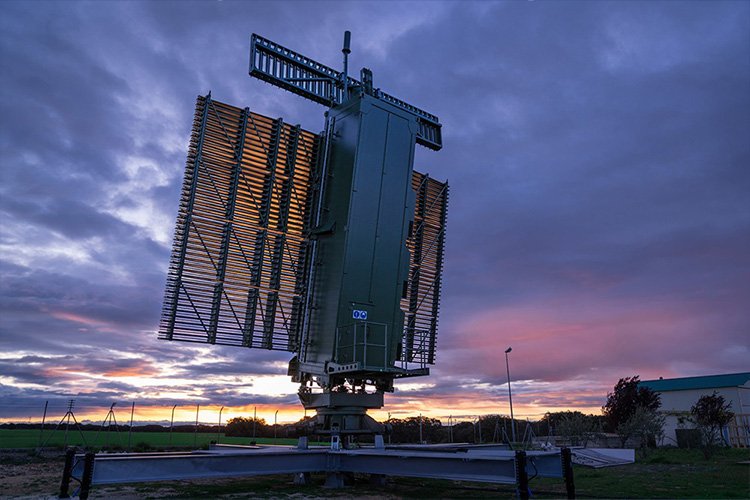

Foreign allies may be unmoved by the potential of unconventional airborne platforms invading their airspace. However, there is good reason to believe someone has been using unconventional airborne systems to gather intelligence on critical facilities, such as military bases and nuclear power plants.
Throughout late 2014 and early 2015, swarms of mysterious unmanned aerial vehicles (UAV) were repeatedly observed flying over nuclear power facilities across France and Belgium.
The incidents, taking place mostly at night, involved drones of different sizes and capabilities, including some large military-grade UAVs appearing to be nearly 7.5 feet in length. The mystery drones flew over nuclear facilities hundreds of miles apart simultaneously on several occasions.
From 2019 to 2021, the United Kingdom experienced 18 separate drone sightings over military sites and power stations. One of the sites, His Majesty’s Naval Base, Clyde, is home to the Royal Navy’s Trident submarines and nuclear weapons.
More recently, The Debrief reported a rash of mysterious drone sightings over several nuclear facilities across Sweden in early 2022.
Finally, in October, The Debrief was first to report that suspicious drones had been spotted flying near German military sites being used to train Ukrainian soldiers in the use of NATO weapons and equipment.
In each of these cases, only in the incidents over the U.K. has a suspect for the inclusions been named. First reported by the Daily Mirror, British intelligence officials claimed similar happenings in the U.K. were the work of a “very mature and sophisticated espionage program” being run by the Chinese.


Following February’s spy balloon drama in America, defense officials have also admitted similar sightings of high-altitude balloons worldwide, including Japan, Vietnam, the Philippines, Taiwan, and an unspecified European country.
Unnamed officials from India’s Ministry of Defence told local media that in early 2022, a “balloon-type white object” was observed flying over the Andaman Islands in the Bay of Bengal.
“Quite some time back, we had witnessed a balloon-type object over the Andamans, and high-resolution pics of the object were taken by our people from the ground,” an Indian defense official was quoted by Asian News International. “The intent or the origin of the balloon-type object was not clear,”
In late January, prior to the announcement that a massive suspected Chinese spy balloon was passing over the continental United States, a resident of Pordenone province in northeast Italy photographed three white balloon-like objects floating high in the sky. According to the witness, the objects appeared to be loitering near the U.S./NATO Aviano Air Base.
Aviano is home to the U.S. Air Force’s 31st Fighter Wing and is believed to host roughly 20 nuclear weapons under NATO’s nuclear sharing treaty.
The identification, purpose, or origin of the objects seen over northeast Italy remains unknown. Because three of them were in such close proximity, the most likely explanation is the objects were merely party balloons. Although, witnesses said the objects’ size and shape were “very reminiscent” of the Chinese balloon shot down off the coast of South Carolina.
These previous incidents have since come to light following U.S. alarms over high-altitude surveillance. However, in each case, no action was taken at the time of observation, and the intent and origin of these objects remain a mystery.
Japanese Deputy Chief Cabinet Secretary Yoshihio Isozaki announced in a February press conference that Tokyo would launch an investigation into past balloon sightings, examining these incidents for potential ties with Chinese surveillance.
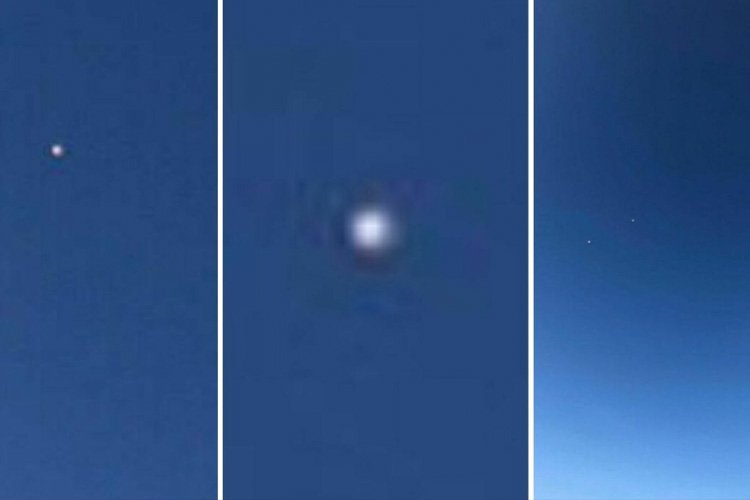

Defense and foreign policy experts say a combination of factors is likely influencing international allies’ position on the threat of high-altitude foreign surveillance.
Speaking with Politico, European diplomats expressed concern that the recent balloon-borne incursions could cause American leadership to shift focus toward China and away from its current unwavering support for Ukraine in the ongoing defense against Russia’s invasion.
For the overwhelming majority of NATO allies, aside from the U.S. and Canada, Russia’s aggressive military expansionism is the greatest threat to their individual national security. This means few European partners are willing to spend much time discussing concerns of high-altitude surveillance or Chinese spy balloons.
Additionally, China has been actively trying to boost its own economic woes by improving strained relationships with key European nations such as Germany, France, and Spain and American Asian allies like Japan and South Korea.
Foreign policy chief for the European Union Josep Borrell is expected to visit Beijing in April during the G7 ministerial meeting in Japan. French President Emmanuel Macron has also announced he plans to meet President Xi Jinping in the Chinese capital sometime in 2023.
Following the recent spy-ballon drama in North America, the primary concern expressed by some European political leaders was the escalating tensions between the U.S. and China. The motivations and intent behind Chinese spying or questioning whether similar activities were occurring within their airspace did not appear to be a significant point of contention.
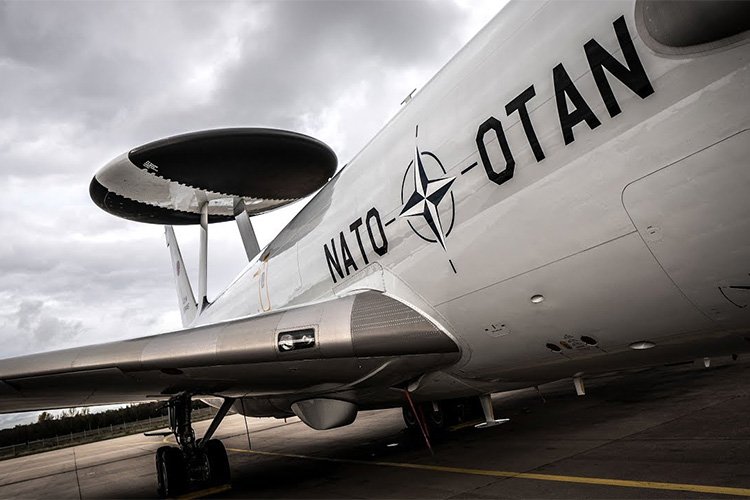

Among the other challenges facing foreign partners is the realization that it takes a concerted effort to detect and encourage reports of unusual aerial activity to adequately assess the risk posed by high-altitude balloons, drones, and unconventional airborne platforms.
Following the early February intrusion of a suspected Chinese high-altitude spy balloon, the North American Aerospace Defense Command, NORAD, changed the sensitivity of its radar systems to allow for the detection of objects that would otherwise be filtered out, such as balloons.
“Detecting objects that are not moving very quickly depends on where you set the radar’s Doppler frequency. If you set it too low, you’re going to pick up all the balloons which are floating around the United States from people having fun or hobbyists,” Dr. David Stupples, a professor of electronic and radio engineering at City University of London and electronic warfare expert explained to The Debrief.
“So basically, you set the Doppler frequency above that. And therefore, what will happen is that you don’t ‘see’ them [balloons], and you don’t see that much clutter.”
Dr. Stupples says the changes made to allow NORAD to begin detecting slow-moving high-altitude objects are relatively unsophisticated and involve simply lowering the Doppler frequency of ground-based radars.
“That’s exactly what they’ve done,” said Dr. Stupples. “They’ve reduced the alarm rate on the radar, so now they’re picking up very, very slow-moving objects, which they weren’t before.”
Speaking with The Debrief, officials from Germany’s Federal Ministry of Defence (BMVg) said there had been no detections of unknown high-altitude objects or surveillance balloons in German airspace in recent months.
However, when asked, BMVg also admitted there had been no recent changes to air defense radars to allow for detecting slow-moving, high-altitude objects.
“The BMVg and the Bundeswehr, especially the German Air Force (Luftwaffe), reliably fulfill their standing military contribution 24/7 and 365 days, unchanged from recent developments,” said a spokesperson for the German Defense Ministry.
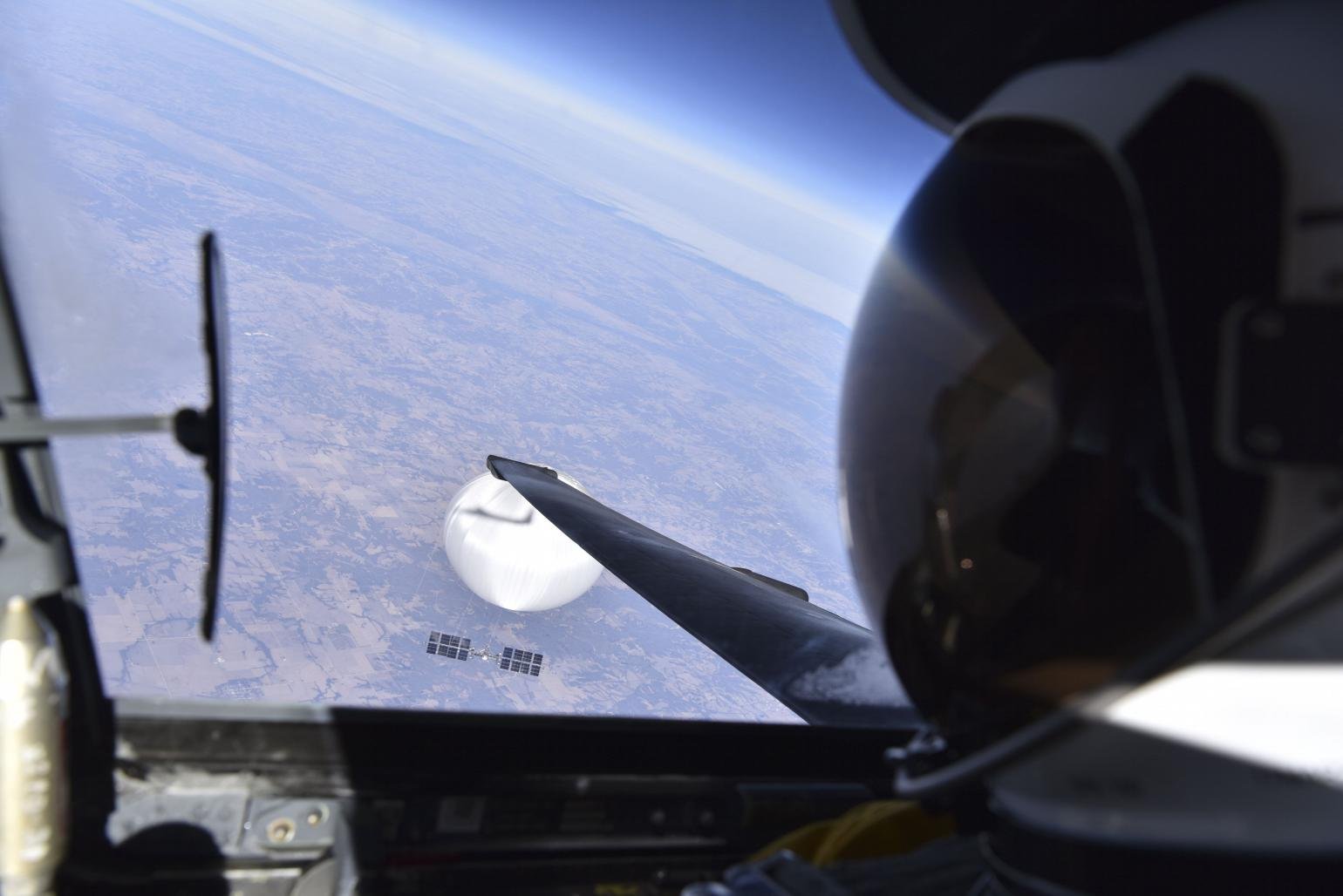

According to U.S. intelligence officials speaking with the New York Times, at least some previous incursions in U.S. airspace by Chinese spy platforms were brought to light thanks to the Pentagon’s new reporting methods and formal investigation of “unidentified aerial phenomena” (UAP).
Formally created in 2020 at the direction of Congress, the DoD established a UAP Task Force to investigate reported sightings of UAP. In the fall of 2021, the effort was briefly renamed the Airborne Object Identification and Management Group (AOIMSG), working under the cognizance of the Office of the Under Secretary of Defense for Intelligence.
In July 2022, the DoD’s efforts to investigate UAP underwent another rebranding effort, emerging as the All-domain Anomaly Resolution Office or AARO (pronounced “arrow). In its current iteration, the examination of UAP events is now a combined effort by the DoD and Office of the Director of National Intelligence (ODNI).
According to U.S. officials, some Chinese spy balloon incidents going back to the Trump administration were not detected in real-time but instead realized thanks to the work of the Pentagon’s UAP office.
It was recently announced that Canada was launching a formal study of UAP dubbed the “Sky Canada Project.” Aside from this, the U.S.’s ARRO and France’s Unidentified Aerospace Phenomenon Research and Information Group, or GEIPAN, are the only acknowledged state-sponsored investigative bodies dedicated to examining sightings of unidentified or unusual airborne objects.
However, when speaking with The Debrief, officials from Germany’s Defense Ministry (BMVg) said that, since 2003, Germany has, in fact, maintained an official process where military personnel and civilians can report sightings of suspicious or unusual airborne objects, which could also include sightings of so-called unidentified aerial phenomena (UAP).
“Our personnel use proven report mechanisms to report initially unknown sightings,” a spokesperson for BMVg said.
“For example, a pilot can report an unknown or unusual light phenomena via a PILOT REPORT to the Air Traffic Control or via its respective Air Safety Officer. A civilian can report to the local police office. If required, these information will be transferred to the NFLZ SiLuRa Nationales Lage- und Führungszentrum für Sicherheit im Luftraum, an entity where all responsible departments coordinate the ‘Security of the Airspace,’ to be deeper analyzed.”
According to BMVg, in 19 years of operation, the Nationales Lage- und Führungszentrum für Sicherheit im Luftraum (NLFZ SiLuRa)- in English, the National Situation and Command Center for Air Safety- has never encountered a single unusual airborne sighting that wasn’t later identified and explained.
“All reported and initially unknown or unidentified phenomena have been identified (e.g., as space debris, weather phenomena (light, clouds, etc.), supersonic bang, etc.),” said a spokesperson of the German Ministry of Defence.
“Therefore, the BMVg sees no need to address or investigate the topic UAP.”
The Debrief asked if it could obtain copies of PILOT REPORTS on “unknown or unusual light phenomena.” However, BMVg indicated it does not retain records of these events.
“The keeping of an air picture is the normal and daily business of the Luftwaffe and the cross-department NLFZ,” a spokesperson for BMVg elaborated. “Therefore, we do not file or keep statistics about the identification of air space participants or initially unknown or unidentified phenomena, which we are able to fully identify.”
The BMVg’s claim of being able to fully explain every initially unidentified aerial sighting ever reported is stunning. Particularly given that the U.S. Director of National Intelligence’s (DNI) 2022 annual report on UAP notes that out of 510 UAP reports collected from 2004-2022, 315 incidents remained “uncharacterized and unattributed.”
While many of these reports remain “uncharacterized and unattributed” due to limited data, the DNI acknowledged that at least some “UAP appear to have demonstrated unusual flight characteristics or performance capabilities, and require further analysis.”
German researcher and author of “Deutschlands UFO-Akten,” (Germany’s UFO Files) Andreas Müller said that contrary to BMVg’s claims, there have been incidents involving unusual objects that seemingly defy conventional explanations in German airspace.
“While most of the cases in the official German UFO-files (like the ones of other countries) can be explained by known natural, astronomical, and terrestrial technical phenomena, there are also some German cases that still defy a rational explanation, even after considerable investigation efforts,” Müller told The Debrief.
According to Müller, members of Germany’s military and BMVg have witnessed some of these unexplainable incidents.
“The Deutsche Flugsicherung (DFS), that is in charge of air traffic control for Germany, detected an unidentified object that crossed southern Germany in 2009 that disappeared into then-Czech airspace. Before it passed right over Lahr, the international Airport Stuttgart, as well as over U.S. Military Grafenwöhr Training Area (GTA),” said Müller. “According to a DFS spokesperson at that time, the object was never identified.”
When speaking with The Debrief, Müller was surprised that BMVg had acknowledged a formal reporting system for unusual or unidentified objects. “That is, in part, new to me and new for the BMVg that they did admit that to a journalist,” said Müller.
Many may find the BMVg’s position on monitoring potential high-altitude surveillance platforms or UAP unsatisfactory. Nevertheless, German authorities were at least willing to discuss the issue.
The defense ministries of 28 other NATO member states (excluding the U.S. and Germany), Finland, Sweden, Australia, Japan, and South Korea either refused or declined requests by The Debrief to discuss the concerns of high-altitude espionage.
Only Romania’s Ministry of National Defence (MApN) was willing to share that on February 14, Romanian Air Force surveillance systems detected a small airborne target resembling a weather balloon at 36,000 feet over southeast Romania.
“Two Romanian Air Forces’ MiG-21 LanceR Aircraft of the NATO-led Air Policing Combat Service took off from the 86th Air Base Fetești being directed towards the area where the aerial target was detected,” said a spokesperson for MApN.
“The two aircraft crews did not confirm the presence of the aerial target either visually or onboard of the radars. The aircraft were maintained in the area for almost 30 minutes until the full clarification of the situation, after which they returned to the air base.”
Romanian officials declined to answer any further questions, saying, “The Romanian Air Forces are permanently monitoring the national air space and the proximity area in cooperation with the Allied forces.”
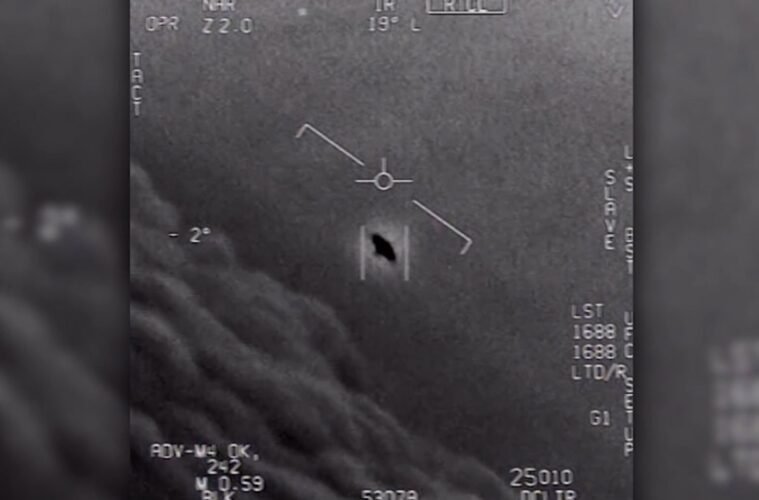

Officials say that some allies could be turning a blind eye to foreign surveillance based on social stigmas associated with sightings of unidentified or unusual aerial objects.
To many of the public, the term “unidentified aerial phenomena” (UAP) is synonymous with “unidentified flying object” (UFO) and colloquially associated with aerial objects, which display characteristics that seemingly defy orthodox scientific explanation.
However, the Department of Defense defines UAP as being “airborne objects not immediately identifiable,” representing “the broadest category of airborne objects reviewed for [further] analysis.”
In the DNI’s 2022 annual report, of 366 UAP reports taken from March 2021 to July 2022, 195 incidents involved objects resembling characteristics of unmanned aerial systems, “balloon-like entities,” or “clutter” (e.g., birds, weather events, or airborne debris like plastic bags).
U.S. officials, however, acknowledge that a small number of UAP reports may involve an unknown advanced technology or UAP that “appears to have demonstrated unusual flight characteristics or performance capabilities.”
Perhaps, summing up foreign sentiment, a senior air force officer of a Western European military offered The Debrief a cynical, albeit humorous, take on the shoot downs of unidentified “balloon-like objects” over North America and the Pentagon’s investigations into UAP.
“Americans like to shoot things and get easily bored, so they’ll start talking about UFOs,” said the allied air force officer who spoke on the condition of anonymity, as they were not authorized to speak on the record. “But we’re friends and need each other, so we’ll just smile and nod.”
Giving a more even-handed explanation, the officer followed up by suggesting that America’s massive defense budget affords the U.S. the ability to explore what might be seen as more novel defense ventures.
“You guys have the money to do more adventurous stuff. You can go to Mars, build stealth planes, and hunt UFOs. We don’t really have the same luxury, but I’m sure we’ll be glad to help out.”
In a recent op-ed published by The Debrief, former U.S. Navy F/A-18 fighter pilot and eye-witness to the 2004 UAP incident known as the “Nimitz Encounters,” Alex Dietrich discussed the mutually exclusive benefits of seriously exploring reports of unconventional or unidentified airborne objects.
“Are UFOs real? Yes. Are they a foreign adversary? Maybe. Are they extraterrestrial in nature? It’s possible. Should we keep investigating? Absolutely,” wrote Dietrich.
“The partnership between multiple objective parties, systematic data collection, and careful analytical methods will move us toward reporting and listening, away from ridicule and stigma. We can move the needle away from the unknown and toward the known.”
So far, international and Western allies appear unwilling to heed Dietrich’s advice. Whether that will ultimately change remains to be seen.
Tim McMillan is a retired law enforcement executive, investigative reporter and co-founder of The Debrief. His writing typically focuses on defense, national security, the Intelligence Community and topics related to psychology. You can follow Tim on Twitter: @LtTimMcMillan. Tim can be reached by email: tim@thedebrief.org or through encrypted email: LtTimMcMillan@protonmail.com

